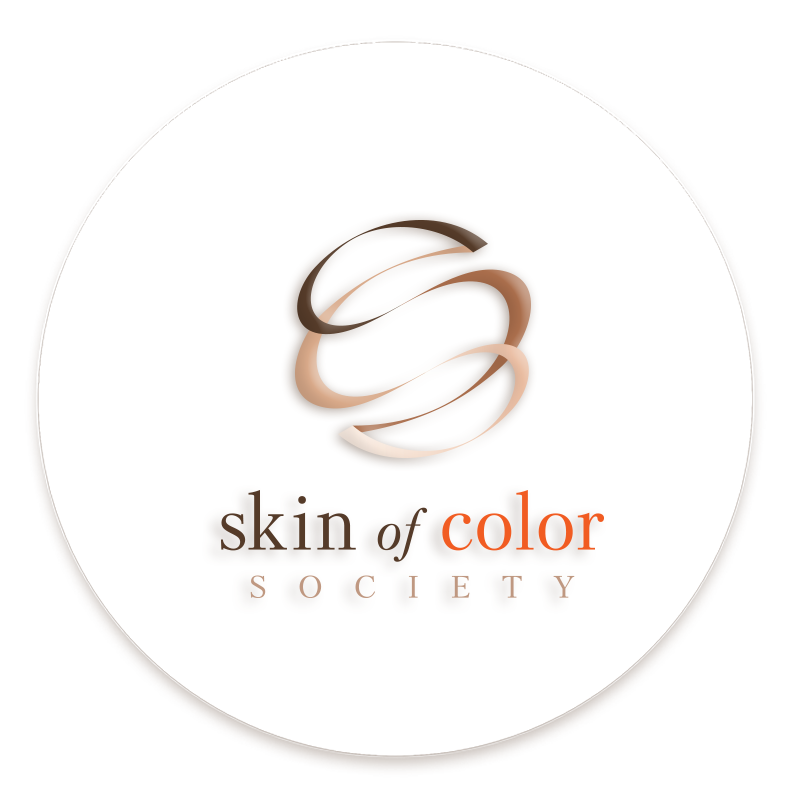Seborrheic dermatitis
 Sarah Lee, BA and Roopal V. Kundu, MD
Sarah Lee, BA and Roopal V. Kundu, MD
Revised by: Raina Bembry, MD and Tejesh Patel, MD
Seborrheic dermatitis is characterized by redness, itching, and greasy flaking of the skin. In patients of color, affected areas may be lighter in color than the surrounding skin and may have no redness. These patches occur in areas containing many oil glands, like the scalp, face, ears, chest, and in skin folds. Dandruff is considered a mild form of seborrheic dermatitis.
Who does seborrheic dermatitis affect?
Seborrheic dermatitis is a common disorder that affects people of all ages and skin types. It is more common in older men and may be more common in people of African descent.1 People with HIV and Parkinson’s disease are more likely to develop seborrheic dermatitis.2 In infants, seborrheic dermatitis of the scalp is called “cradle cap.”
What is the cause of seborrheic dermatitis?
The cause of seborrheic dermatitis is unknown, but the condition is linked to the skin’s overproduction of oil and an overgrowth of a normally harmless skin yeast called Malassezia.3 Seborrheic dermatitis symptoms may be worsened by heat, illness, irritation, and humid environments,2 As mentioned previously, certain diseases are associated with higher rates of developing seborrheic dermatitis.
How do I know if I have seborrheic dermatitis?
Scaling of the skin on the scalp, eyebrows, forehead, ears, and beard area is typical. Some cases may also involve the central chest, underarms, groin, and around the belly button. In darker skinned patients, this scaling can have a flower-like shape (thus the term petaloid seborrheic dermatitis). Discoloration of the skin with lightening or darkening of affected areas may also occur. It is sometimes itchy. A dermatologist can determine if you have seborrheic dermatitis by clinical examination. In rare cases, a skin scraping or biopsy may be necessary to confirm the diagnosis or to rule out other causes.
What are the best treatments for seborrheic dermatitis?
In infants, seborrheic dermatitis self-resolves with gentle skin care (i.e., moisturizers), though topical steroids or topical antifungals may be used in severe cases. In adults, seborrheic dermatitis tends to be chronic. There is no cure, thus the goal is to control the rash and associated symptoms. Treatments include anti-fungal shampoos and creams, topical anti-inflammatory agents, and topical steroids. The selected treatment must be used regularly to effectively control seborrheic dermatitis. The treatment schedule and combination of medications your doctor prescribes to you will depend on the severity of your symptoms, the location of disease, and your hair and skin type. Many treatments for seborrheic dermatitis are available over the counter including medicated shampoos (e.g., ketoconazole, zinc pyrithione, selenium sulfide, salicylic acid, and tar) and low-strength topical steroids. Some cases of seborrheic dermatitis require prescription medications . Pigmentary changes associated with seborrheic dermatitis typically improve with treatment and time.
References:
-
Kelly, A. P., Taylor, Susan (2009). Dermatology for Skin of Color, McGraw-Hill Professional.
-
Bolognia J Schaffer JV Cerroni L. Dermatology. Fourth ed. Philadelphia: Elsevier; 2018.
-
Adalsteinsson JA, Kaushik S, Muzumdar S, Guttman-Yassky E, Ungar J. An update on the microbiology, immunology and genetics of seborrheic dermatitis. Exp Dermatol. 2020; 29: 481–489.






